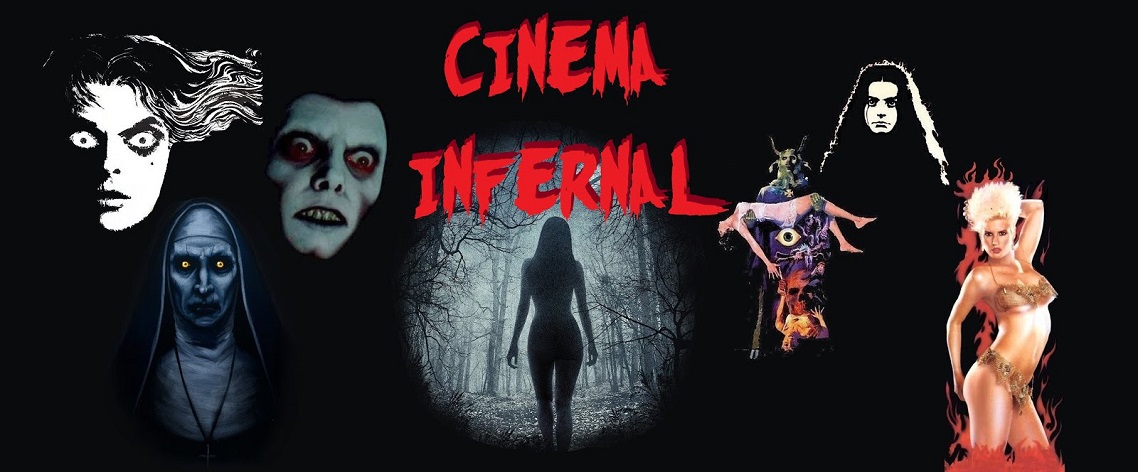Elves
1989
Director- Jeffrey
Mandel
Cast- Julie Austin, Dan Haggerty, Deanna Lund, Borah
Silver, Laura Lichstein, Stacey Dye
The film
begins with Kirsten (Julie Austin) and her girlfriends out in the woods on a
cold winter night. They fancy themselves as a kind of witch’s circle and
Kirsten is trying to enact an occult ritual using one of her grandfather’s old
occult tomes. The ritual doesn’t work but unbeknownst to the girls they have inadvertently
summoned a bloodthirsty elf.
Kirsten’s
home life is pretty miserable. Her grandfather is a mix of abusive and absent
minded. Her little brother is a perv and her mother (played by Deanna Lund from
Land of the Giants) is a real bitch.
Meanwhile,
Mike (played by Dan Haggerty who most people over 45 will remember as Grizzly
Adams) is a former cop now down on his luck thanks to his alcoholism. He’s
managed to string together a few months of sobriety and gets a job (and is
living) in a local department store.
The elf
stalks Kirsten and (unknown to her) attacks anyone who does her wrong, including
stabbing a mall Santa in the dick after he gets fresh with Kirsten. But this
elf is no guardian angel. He has his own plans for Kirsten.
As it
turns out, Kirsten’s grandfather is a Nazi who, during WW2, worked on a project
involving the murderous elf. The elf was either created or summoned (the movie
is not quite clear) to be the vessel for some perfect Aryan genes. The plan was
for the elf to mate with a perfect Aryan woman during an occult ritual on
Christmas Eve, thus ushering in the Fourth Reich. Kirsten’s grandfather, it
seems, has engaged in some perverted eugenics creating his granddaughter to be
the receptacle of the elf’s seed.
Grizzly
Adams discovers the plot and does his best to protect Kirsten not only from the
elf but from a group of modern day Nazis that are after her.
One’s
reach exceeding one’s grasp is characteristic of low budget and independent
cinema. That’s part of what makes it enjoyable; filmmakers who don’t know that they
can’t or shouldn’t try to do certain things. Elves is far too ambitious for its
meager budget. The elf actually is pretty well sculpted but has limited
movement. I’d say, in terms of quality, it’s somewhere between the imp of Sorority Babes in the SlimeballBowl-O-Rama and Ghoulies. I’m usually not a fan of remakes, but Elves could use
one. The idea is very original and I’d love to see someone with access to
resources help the story realize its potential.
If you’re
interested, Elf shouldn’t be hard to track down. The bad news is, as far as I
know, it hasn’t made its way to DVD or Blu-Ray. The good news is that you can
probably find it on Youtube (albeit a grainy straight from VHS transfer). Maybe
someone like Vinegar Syndrome will take an interest and pick it up (and maybe
put out an easier to watch version).
Don’t
watch if you’re wanting polished or even scary. On the other hand, if you life
WTF stories, this will be entertaining.


.jpg)









.jpg)


.jpg)


.jpg)
.jpg)
.jpg)
.jpg)
.jpg)

.jpg)
.jpg)
.jpg)
.jpg)



.jpg)



.jpg)


.jpg)
.jpg)
.jpg)
















